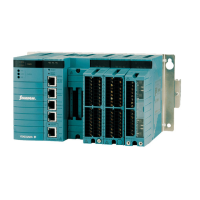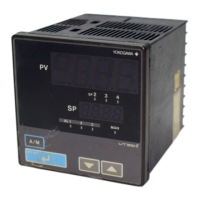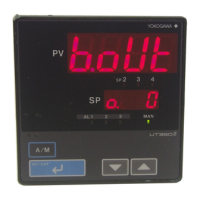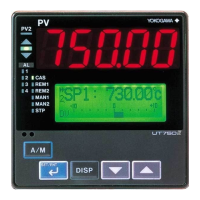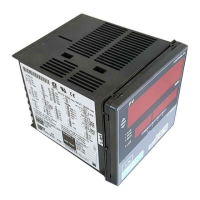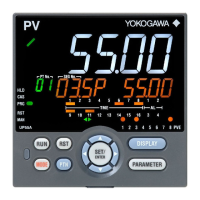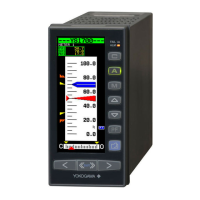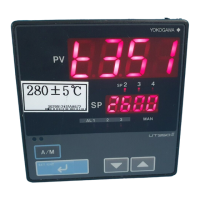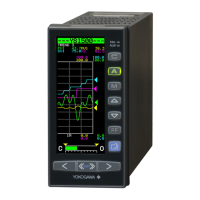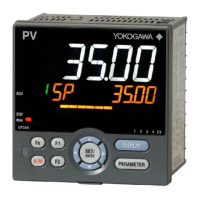<9. Advanced Engineering >
● Characteristics and Limitations of Unconfirmed Communication
Characteristics
In unconfirmed communication, USEND and URECV are used as function blocks for
data sending and receiving. These function blocks for sending and receiving must
be created on both the source FCN-500 or FCN-RTU and destination FCN-500 or
FCN-RTU as a pair.
In the figure below, transmission data of FCX01 are transmitted by USEND and
received by URECV of FCX02.
Similarly, data of FCX02 are sent by USEND and received by URECV of FCX01.
FCX02
Function block for
receiving
URECV
Received
data
Function block for
connection
Function block for
sending
USEND
Transmission
data
FCX01
Function block for
sending
USEND
Transmission
data
Function block for
connection
Connection
Function block for
receiving
URECV
Received
data
Limitations
In unconfirmed communication, a destination FCN/FCJ dose not sent responses so
any communication error also cannot be detected.
On the other hand, as unconfirmed communication does not require the PDD
property to be turned on for destination variables, it does not affect the PDD size
even if much data is sent or received.
Moreover, as the application on the source FCN/FCJ is programmed using
USEND/URECV without variable name of destination, any change in communication
variables will only require modification of the assignment of USEND/URECV on the
FCN/FCJ affected by the change.
● Criteria for Selecting between Confirmed Communication and
Unconfirmed Communication
Although unconfirmed communication does not use check mechnism by responses
from a destination FCN-500 or FCN-RTU, it allows normal inter-FCN/FCJ
communication so long as the source and destination FCN/FCJs are running
normally, and there is no problem in the control network. Moreover, The PDD-related
limit does not apply.
Thus, unconfirmed communication should be used for inter-FCN/FCJ
communication in general unless there is a requirement to detect communication
error, in which case confirmed communication should be selected.

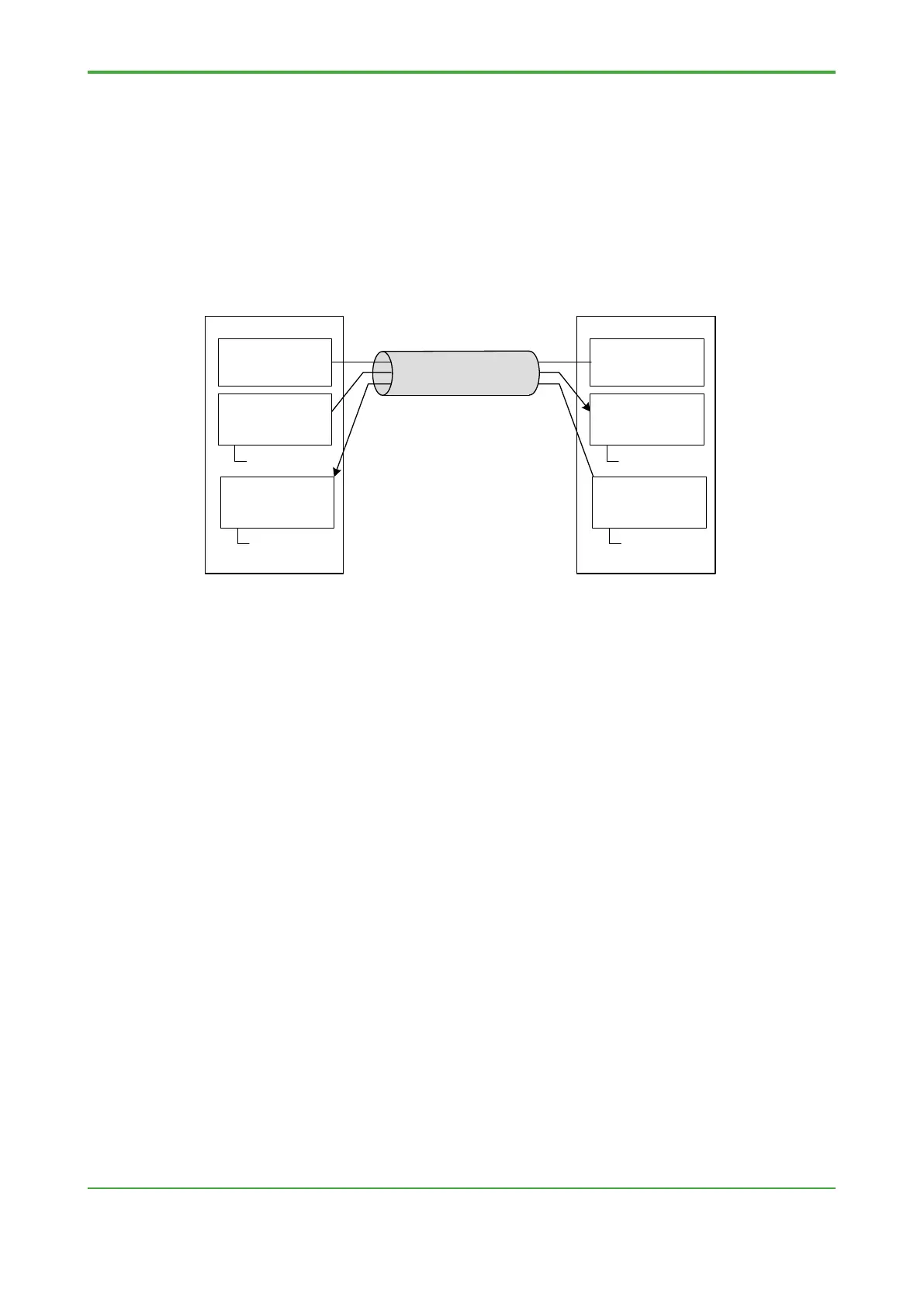